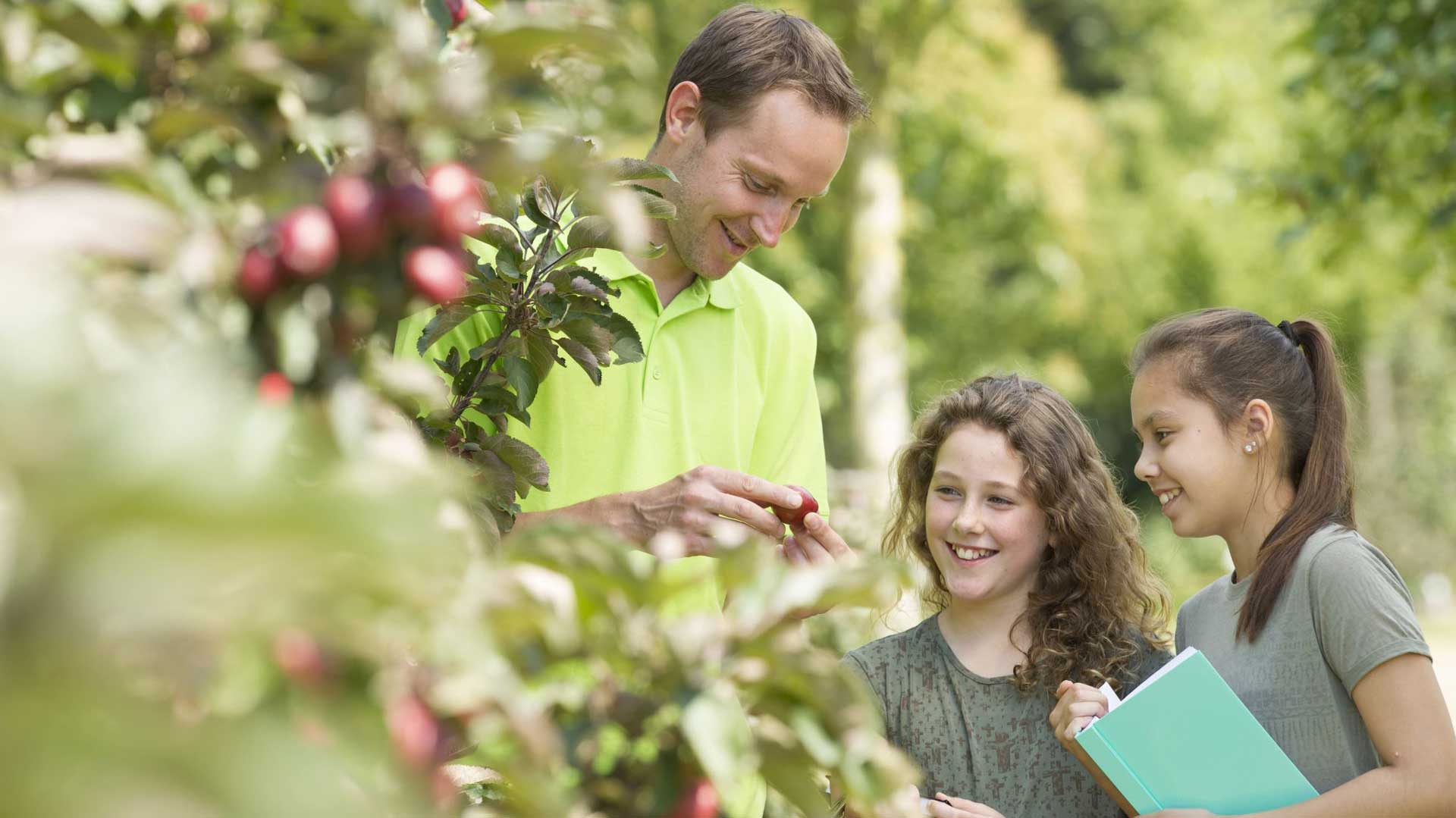Each year on September 19 is National Teach Ag Day, an unofficial holiday recognizing and promoting the need for school-based agriculture programs. This year, interruptions to in-person schooling mean celebrations and activities will be largely virtual, and some events to mark the occasion no longer possible. However, the need to raise awareness has not changed. Instead, it has grown and will continue to grow as the COVID-19 pandemic actively reshapes global agriculture and supply chains.
Two years ago, Amanda Radke, a South Dakota rancher, outlined in Beef Magazine succinctly and compellingly how both overlooked and critical in-school agriculture education is. We seldom consider just how well ag education imparts students with basic essential skills like balancing ledgers, preparing and sticking to budgets, and making decisions with long-term orientation. At the time, she could point to statistics showing more than 57,000 yearly job openings in agriculture and food sciences – more than enough, in other words, to assuage parents and guardians who maybe felt ag ed was no more relevant to their students’ futures than any other special subject.
It has become almost cliched to talk about the novel coronavirus as a game changer, but it’s worth breaking down exactly what has changed. Because the world will always need food, clothes and other commodities, the discussion on agriculture is not a question of whether or not it will be one of the industries the pandemic eliminates. Our socially-distant world will need to become even more interconnected – and the need for seamless interchange in global supply chains becomes all the more acute. We will turn to technology for many of the answers. Interestingly, for parents concerned that their student is prepared to take on the technology-oriented jobs of the future, they can rest assured about agriculture, ranging from production to marketing and everything in between.
The groundwork for technologically advanced agriculture and supply chains is already being laid from top to bottom. In the news in our region recently, one high school in Arkansas opened a state-of-the-art greenhouse partly funded by a Department of Education grant, complete with a cooling wall, remote watering systems and pivoting racks. In part to encourage students’ adaptability, instructors can turn off those technologies with the flip of a switch. The stated objective was to encourage students’ interests in pursuing a plant science path, but regardless of what interests it piques or paths it inspires them to take, it will be yet another example of ag ed’s vast enrichment capability.
An increased emphasis on sustainable agriculture will also provide a multitude of potential career paths, each with a technological bent and an added element of conscientiousness in a generation that expects work to align with their ethical values and produce real change in the world. Agtech so far has succeeded in more efficiently managing water infrastructure to maintain healthy yields and achieved more precise plantation of crops with less waste through technologies like GPS-enabled tractors. These are two examples of many.
Equally worth mentioning are entrepreneurial solutions to challenges in agriculture and supply chains, with one example being The Seam’s own Food Industry Exchange, linking suppliers and producers over geographical distances by matching demand with supply. The pandemic shone a harsh light on the paradox of excess capacity experienced by many suppliers and shortages on market and online shelves experienced by consumers. We expect these systems to be necessary in good times as well as bad, but new and novel problems will require fresh thinkers in the coming years.




